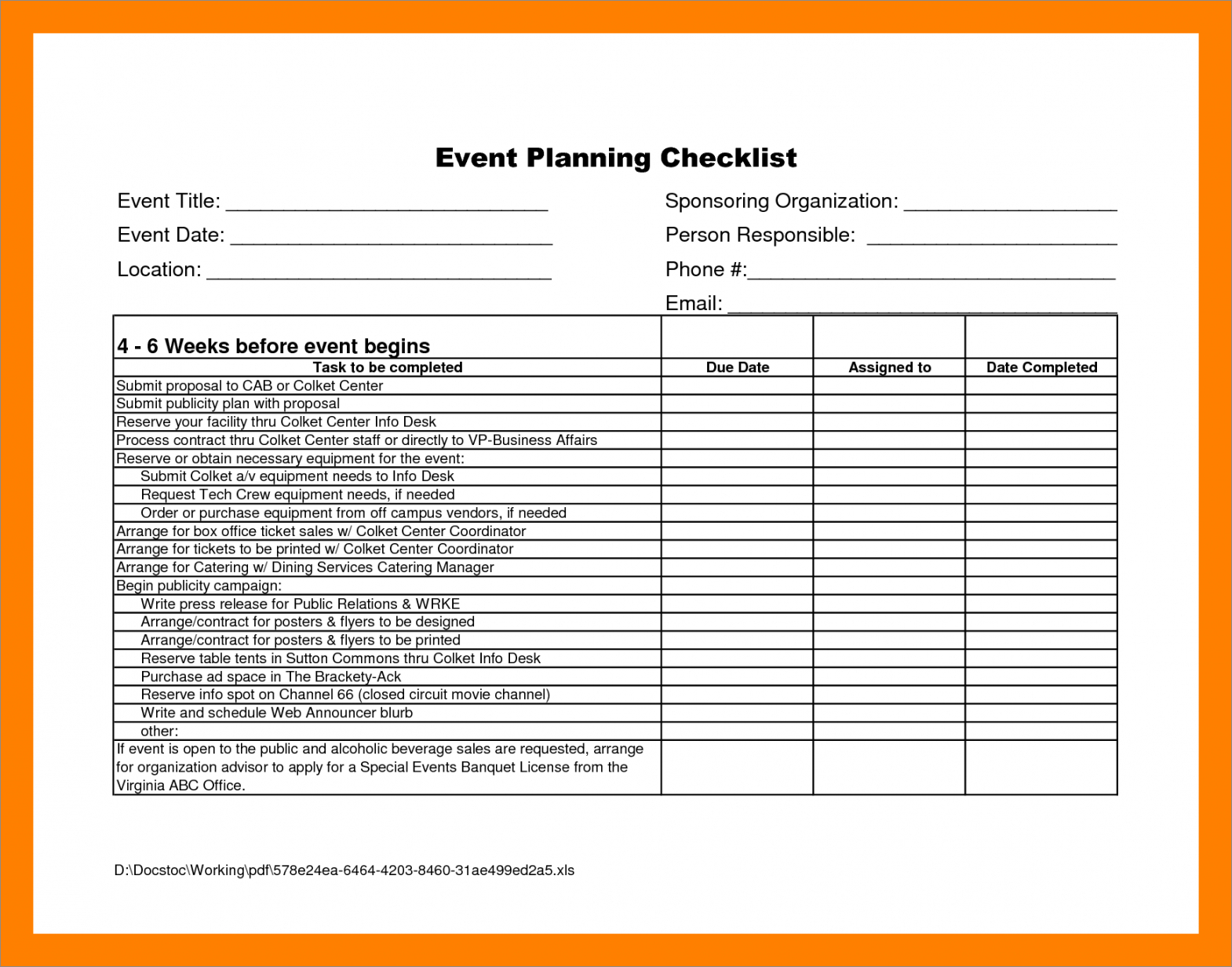Planning an event can be an overwhelming task, whether it’s a small gathering or a large conference. Ensuring that everything runs smoothly requires careful organization and attention to detail.
To help you stay on track and ensure a successful event, we’ve compiled the ultimate event planning checklist. From the initial planning stages to the day of the event, this checklist will guide you through every step of the process.
1. Define the Purpose and Goals of Your Event
The first step in planning any event is to clearly define its purpose and goals. Ask yourself: What is the reason for hosting this event? What do you hope to achieve? Having a clear understanding of your event’s purpose will guide all subsequent decisions and help you stay focused throughout the planning process.
Once you have defined the purpose and goals of your event, it’s important to identify your target audience. Who are you trying to reach with your event? Understanding your audience will help you tailor your event to their needs and preferences.
2. Set a Budget
One of the most important aspects of event planning is setting a budget. Determine how much you are willing to spend on your event and allocate funds accordingly. Consider all potential expenses, such as venue rental, catering, decorations, marketing, and staff. By setting a budget early on, you can ensure that you stay within your financial limits and avoid any unpleasant surprises down the line.
3. Choose a Date and Venue
Once you have a clear understanding of your event’s purpose, goals, and budget, it’s time to choose a date and venue. Consider factors such as the availability of your target audience, the size of your event, and the location. It’s also important to visit potential venues in person to ensure they meet your needs and expectations.
When selecting a date, be mindful of any holidays or other major events that may conflict with your event. You want to choose a date that maximizes attendance and minimizes competition.
4. Create a Detailed Event Schedule
A detailed event schedule is essential for keeping everything on track. Start by outlining the major milestones and deadlines leading up to the event. Then, break down each day of the event into specific time slots and activities. Be sure to include time for set-up, registration, sessions or presentations, breaks, meals, and networking opportunities.
By creating a detailed schedule, you can ensure that all necessary tasks are completed on time and that there are no gaps or overlaps in the event program.
5. Develop a Marketing and Promotion Strategy
No event is successful without attendees, so it’s important to develop a marketing and promotion strategy to attract participants. Use a mix of online and offline channels to reach your target audience, such as social media, email marketing, print advertisements, and word-of-mouth referrals.
Consider offering early bird discounts or promotional giveaways to incentivize early registration. Create compelling content that highlights the benefits of attending your event and encourages potential attendees to sign up.
6. Secure Necessary Permits and Licenses
Depending on the nature of your event, you may need to secure permits and licenses from local authorities. Research the specific requirements for your event and ensure that you obtain all necessary documentation well in advance. This includes permits for alcohol service, food handling, music performance, and any other activities that require legal authorization.
7. Arrange for Event Logistics
Event logistics encompass all the practical details that need to be taken care of, such as transportation, accommodations, audio-visual equipment, and signage. Coordinate with vendors and suppliers to ensure that all necessary arrangements are made. Create a checklist of all required items and confirm their availability and delivery dates.
8. Prepare for the Day of the Event
The day of the event is when all your hard work comes together. To ensure a smooth and successful event, make sure you have a dedicated team in place to handle various responsibilities. Assign specific roles and responsibilities to each team member and communicate expectations.
Double-check all arrangements, such as the set-up of the venue, audio-visual equipment, and catering services. Conduct a final walk-through of the event space to ensure that everything is in order.
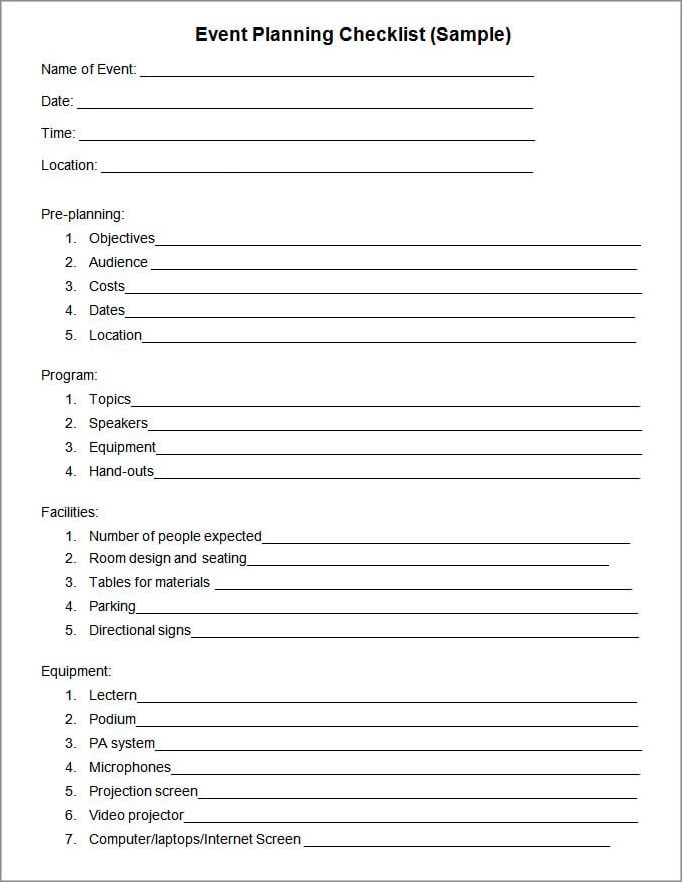
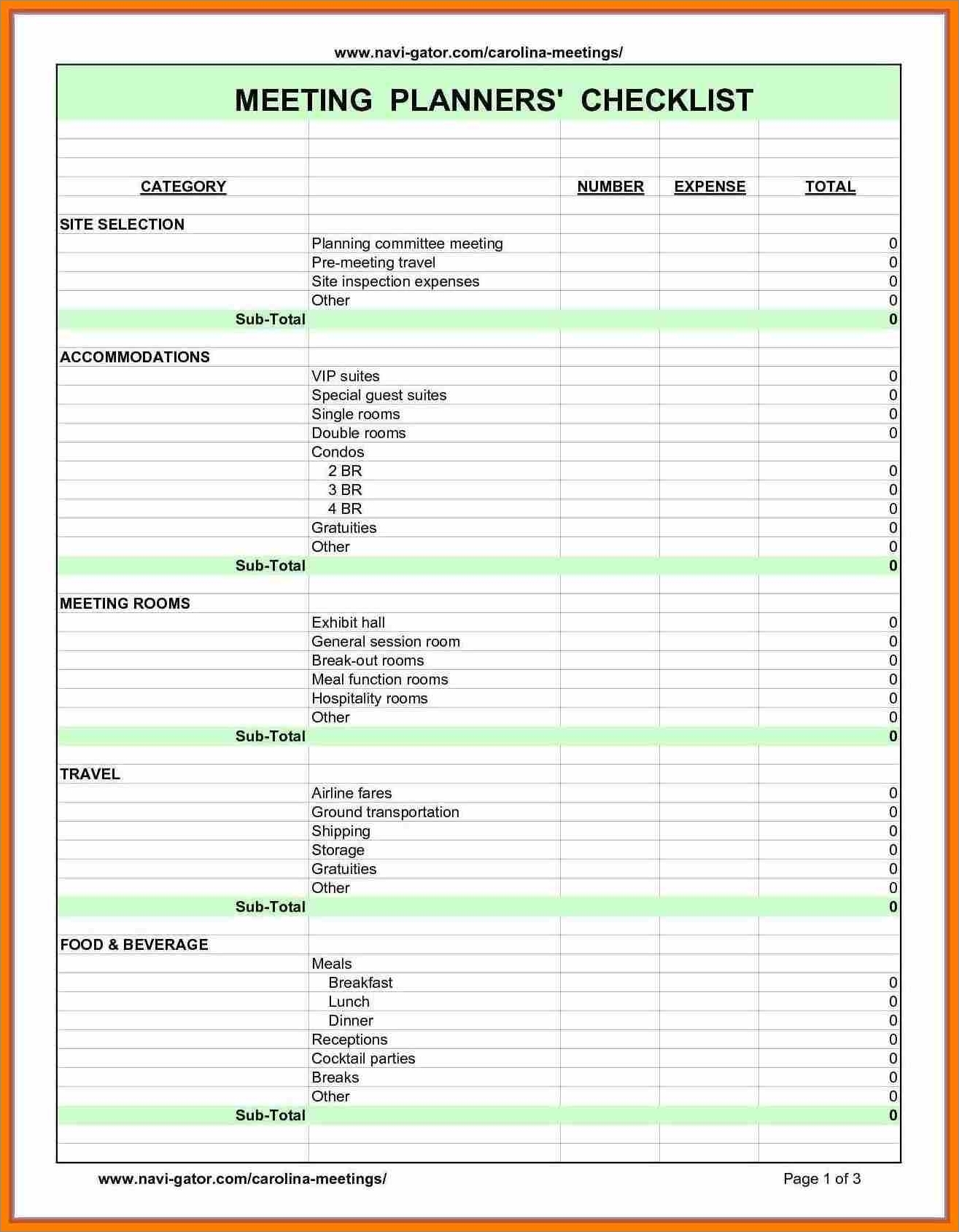
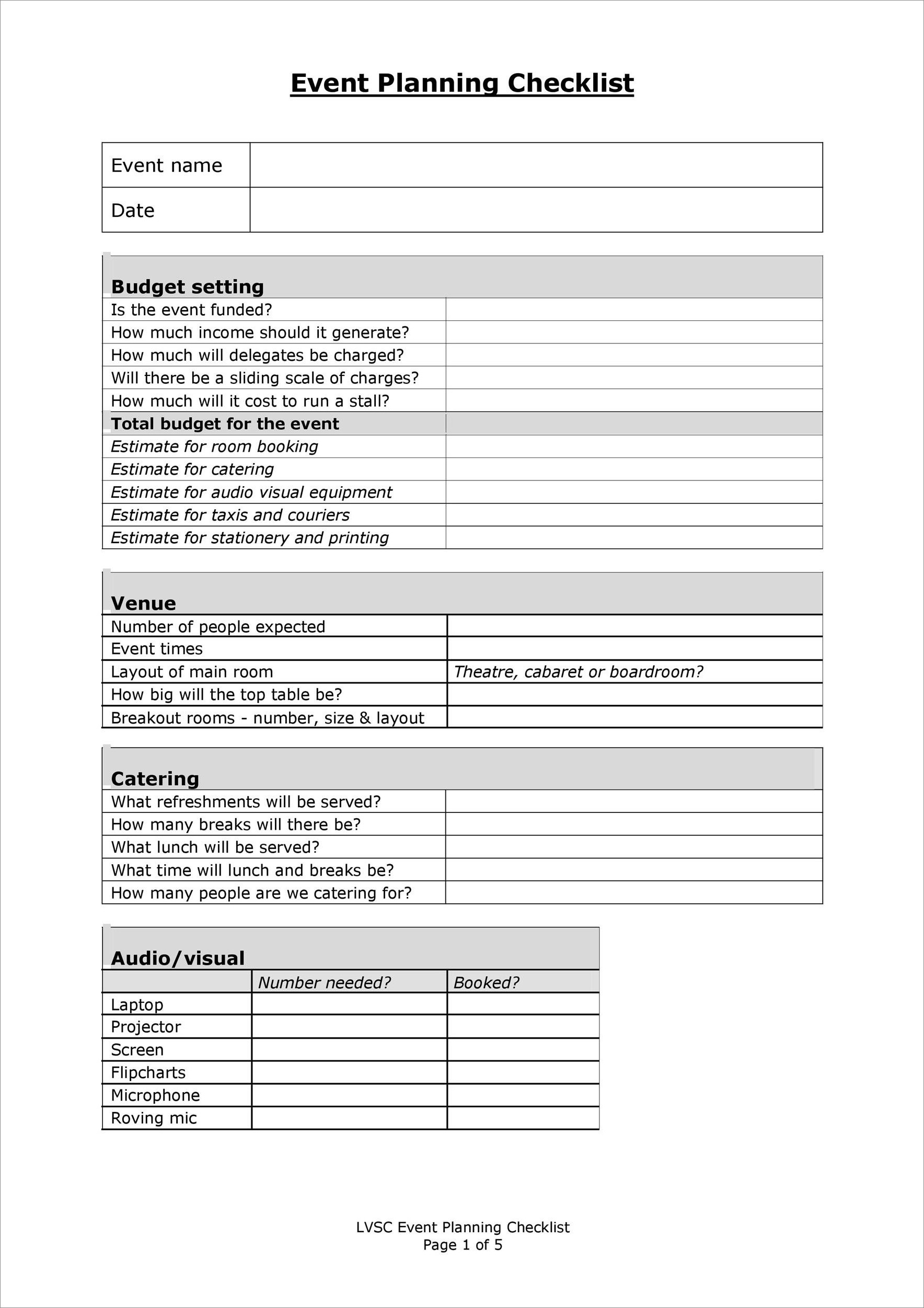
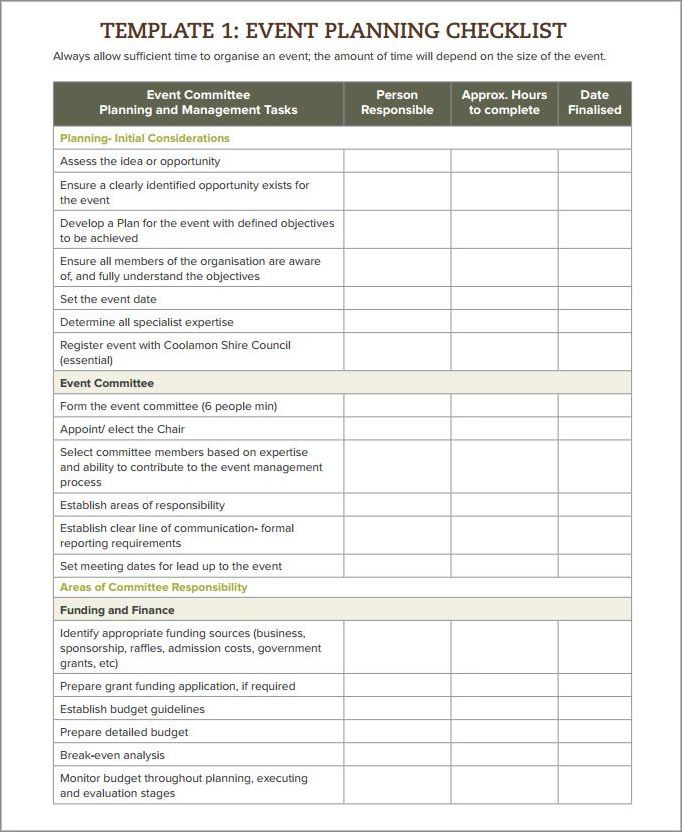
Conclusion
Planning an event can be a complex and challenging task, but with the right checklist and approach, you can ensure a successful and memorable experience for all participants. By following the steps outlined in this event planning checklist, you’ll be well-equipped to handle every aspect of your event, from the initial planning stages to the day of the event and beyond. Remember to stay organized, communicate effectively, and be prepared to adapt to any unforeseen circumstances. With careful planning and attention to detail, your event is sure to be a resounding success.
Event Planning Checklist Template Word – Download
